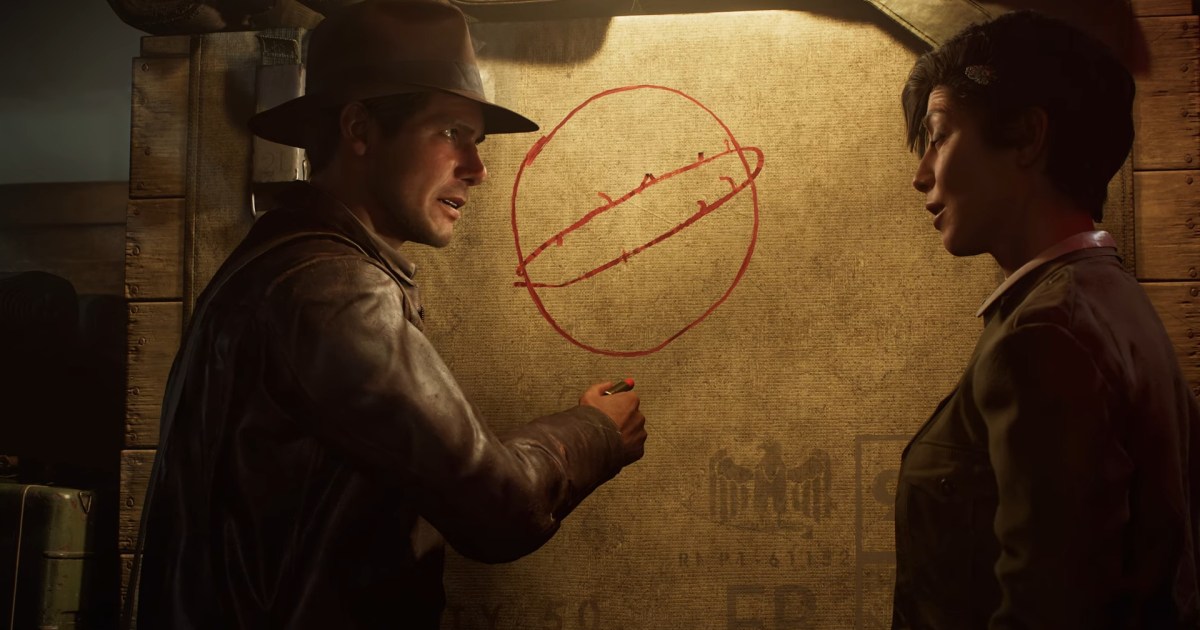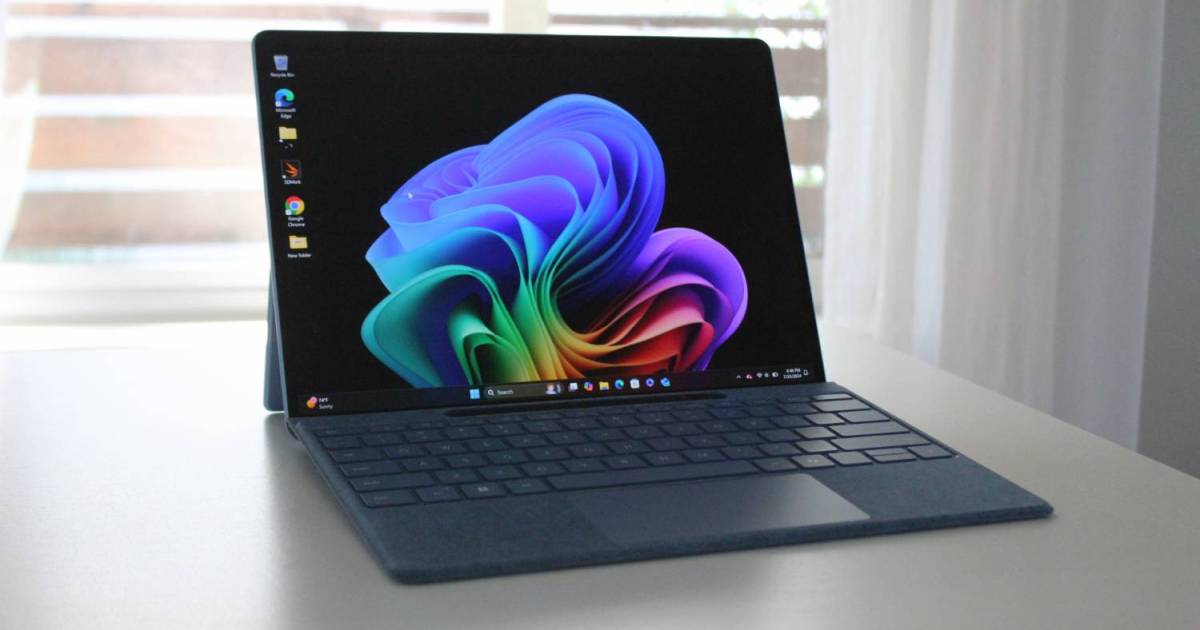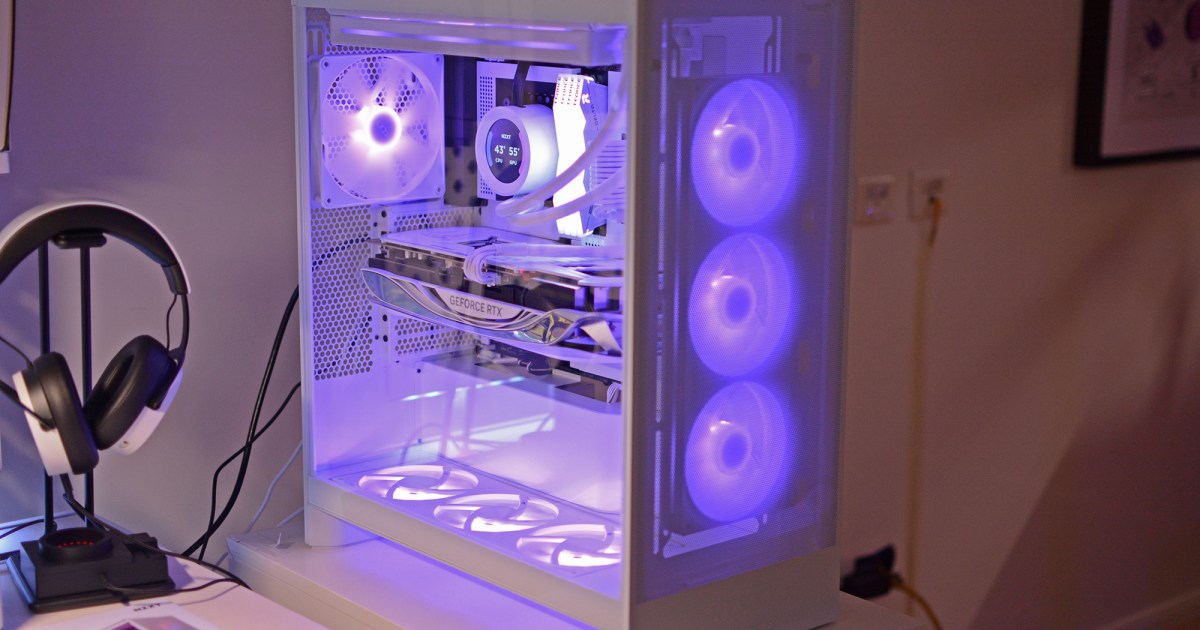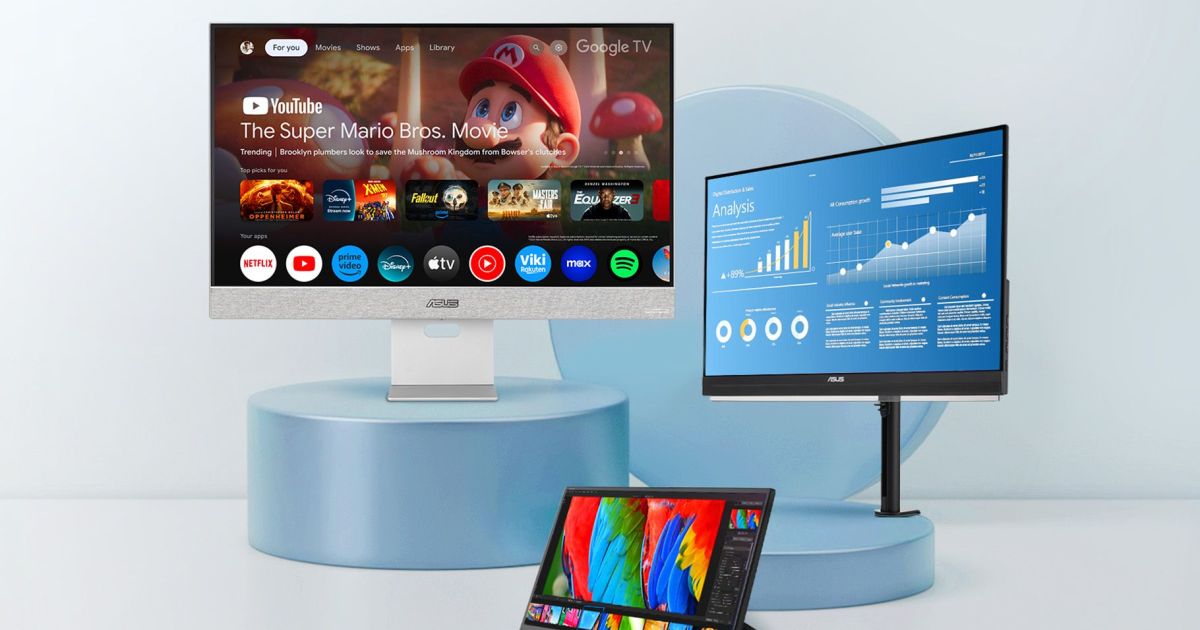The upcoming Indiana Jones and the Great Circle, releasing December 9th, boasts demanding PC hardware requirements, especially for those seeking the ultimate visual experience. Bethesda recently revealed the specifications, and if you’re aiming for maximum settings, an RTX 4090 is essential – AMD GPUs aren’t even listed for the highest preset.
The latest Indiana Jones game represents a significant leap in hardware demands. A ray tracing-capable GPU is the baseline requirement, excluding older AMD cards and Nvidia GTX GPUs like the GTX 1060 or GTX 1660 Super. However, this is just the beginning.
Even for 1080p low settings, the game requires a powerful system. You’ll need at least an Intel Core i7-10700K or an AMD Ryzen 5 3600, CPUs that while a few years old, are still more advanced than what many gamers currently use. Recommended GPUs include the RTX 2060 Super 8GB, AMD Radeon RX 6600 8GB, and Intel Arc A580. Intel GPUs only appear as an option for this lowest preset. The minimum RAM requirement is 16GB, standard for modern AAA titles.
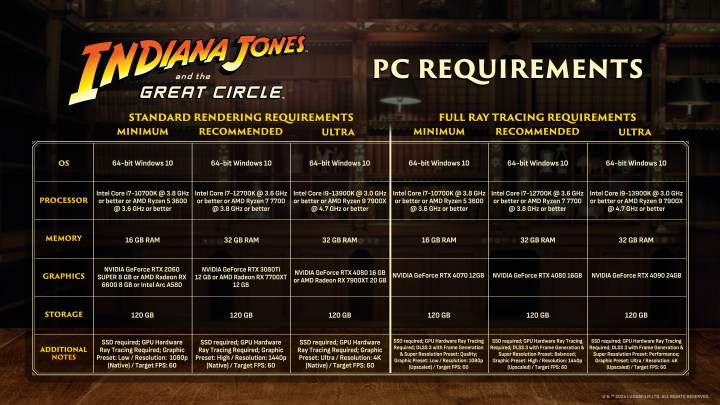 System requirements for Indiana Jones and the Great Circle.
System requirements for Indiana Jones and the Great Circle.
Playing at 4K high settings (without ray tracing) requires a Core i9-13900K or Ryzen 9 7900X, 32GB of RAM, and at least an RTX 4080 or RX 7900 XT. However, for the full visual fidelity with ray tracing enabled, prepare for an even more substantial investment.
Bethesda seemingly relies on Nvidia’s DLSS 3 for a smooth ray tracing experience, omitting AMD GPUs from the three ray tracing presets. 1080p with full ray tracing (likely including path tracing) at low settings requires an RTX 4070. Stepping up to 1440p at high settings necessitates an RTX 4080.
To achieve the pinnacle of visual quality, max settings with full ray tracing at 4K, the RTX 4090 is the sole option. Even then, Bethesda suggests utilizing DLSS 3 in Performance mode, prioritizing frame rate over visual detail, targeting 60fps.
These demanding specifications present a challenge for many PC gamers, especially with the alternative of simply purchasing an Xbox. The upcoming next-generation graphics cards from Nvidia and AMD may offer more accessible solutions in the future. For now, most players will likely opt for lower settings and disable ray tracing for a playable experience.



